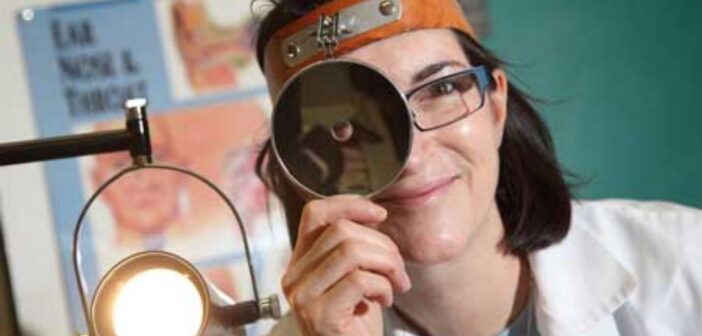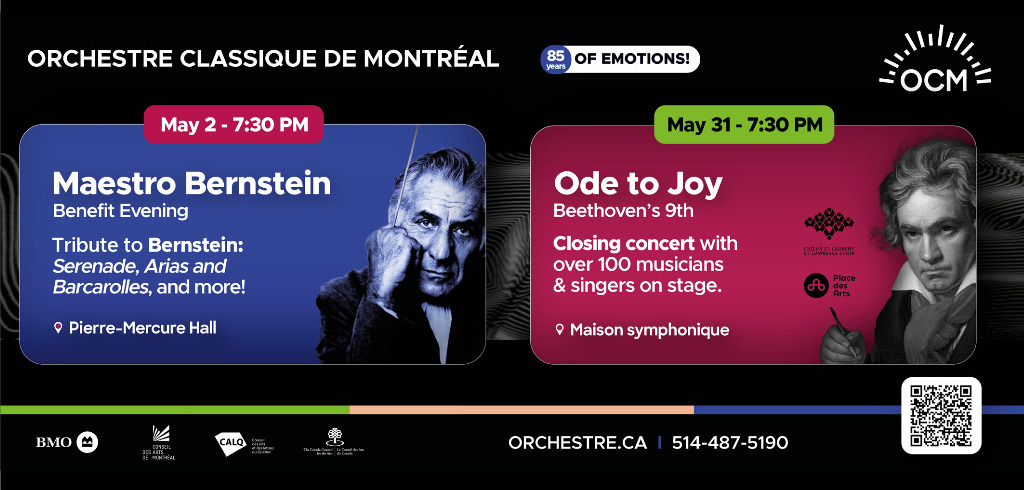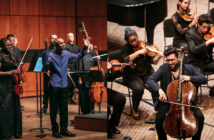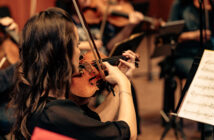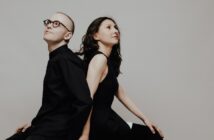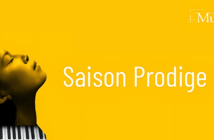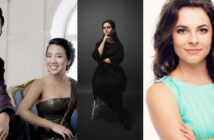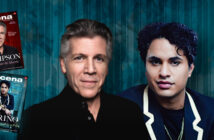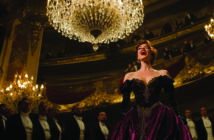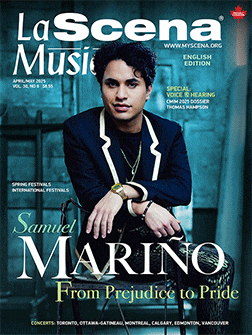
This page is also available in / Cette page est également disponible en:
![]() Francais (French)
Francais (French)
If you are a singer in Quebec, you likely know Dr. Françoise Chagnon. A specialist in otorhinolaryngology (commonly referred to as ear, nose and throat medicine) and cervico-facial surgery for nearly 40 years, Dr. Chagnon takes care of professional voices in both opera and popular music. Some of her patients have sung on the most prestigious stages in the world and, with her guidance, have learned to better understand, master, and maintain their hidden vocal instrument.
Her affinity for musicians’ health developed through medicine and, first and foremost, her fascination with the larynx, vocal cords, and the physiology of the voice. In the 1980s, during her medical training, endoscopic examination techniques were beginning to develop. “It was the beginning of sub-specialization in laryngology and phoniatrics in terms of ENT expertise,” she says. “With clinical practice, I explored this curiosity through the patients and clients who came to me.”
Her first collaborations with a singer date back to her sub-specialization in laryngology at Vanderbilt University in the United States. The multidisciplinary medical clinic of Dr. Robert Ossoff, her mentor at the time, was considered to be at the cutting edge of laryngology. “What was special was the presence of a tenor who joined the clinic as a vocal teacher alongside doctors and speech therapists. That gave me the model for interdisciplinary work in voice care,” she explains.
Upon returning to Montreal, Chagnon continued her collaborations with voice teachers at McGill University’s Schulich School of Music. Frequent invitations to provide a “scientific counterpoint” in a pedagogical vocal context allowed her to discover an artistic dimension complementary to her medical training. “By working closely with pedagogues and professional singers, I learned the art and the physiology of singing,” she says.
Respect for expertise is one of the foundations of her collaboration with voice teachers. They are often the first to recognize when something is wrong, and they do not want to continue working with a student without medical approval, fearing they might injure the singer, says Chagnon. And she adds with humour: “I can tell you if you have healthy vocal cords, larynx, and vocal physiology, and that there is no pathology. But what you do with that—I can’t predict by looking at your throat!”
For both men and women, the development of the vocal instrument progresses between the ages of 14 and 25. One recurring problem comes from pop singing competitions which encourage young singers to adopt a repertoire or genre that is not suited to their physiology, vocal range, or abilities. “This leads to vocal strain, forcing, poor techniques or habits, and unrealistic expectations,” she says.
“Those who successfully transition to professionalism have been well-supported by educators, friends, loved ones, and family who help them develop and build confidence.” Beyond musicality and understanding music, one must also consider the development of the larynx, the discipline required in training, and the management of stress and self-expectations regarding vocal production and artistic development, the surgeon adds.
For professional singers, she emphasizes the importance of maintaining a healthy speaking voice by avoiding prolonged periods of talking—whether in interviews or social settings—and prioritizing rest between rehearsals and performances. “Every singer develops an acoustic and proprioceptive sense when they feel fatigue or a lack of control over their vocal organ,” she says. “They must listen to their inner voice.”
Her holistic approach to health also reflects her desire to dispel false beliefs related to vocal physiology. A common mistake is in the terminology itself: it would be more accurate to speak of vocal folds. “One of the foundations of my therapeutic approach is to explain anatomy and physiology by illustrating them to patients. We must also talk about breath, breathing, and resonance.” Access to information and research has progressed since Chagnon first entered the field. “Now, I find that the dialogue with clients and patients is different. They are much more educated, curious, and knowledgeable, and they want to master their vocal organ beyond just its acoustics.”
Her curiosity has led her to research the use of spectroscopy in vocal pedagogy—a technique paving the way for the future development of new generations of singers.
This page is also available in / Cette page est également disponible en:
![]() Francais (French)
Francais (French)

